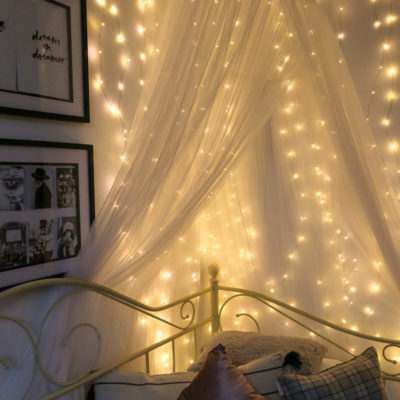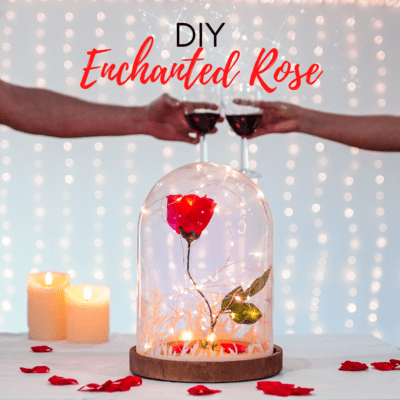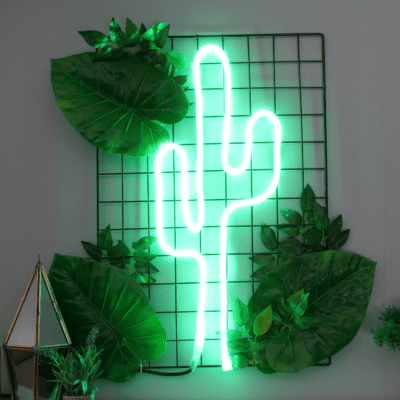They may be small, but bees play a massive role in our eco-system. 1 in every 3 bites of the food we eat exists thanks to bees and other pollinators! If you think the declining bee population is none of your beesness, think again. In this blog, we’ve put together some top tips that you can do to help save our precious bees….
1. Revive tired bees
Although you are more likely to notice them in the summer months, if you find a tired bee in your home, a simple solution of sugar and water will help revive an exhausted bee; no matter what time of year, they may need a helping hand. Simply mix two tablespoons of white sugar with one tablespoon of water, and place it on a spoon near the bee, or close enough to it where it is easily reached. The sugar mixture will revive the bee’s energy stores and hopefully they’ll be back on their way in no time!
2. Eat sustainable honey
When choosing honey – try to go for something local, from individual beekeepers who practice sustainability. This way you know where your honey is coming from and can cut down on the carbon emissions used to ship honey to your local supermarket. Top tip: if you are a sufferer of hayfever, it is believed that local honey can be a homeopathic cure for your pollen-related spring woes! Studies show that eating local honey can desensitise the allergic reaction to the pollen which causes the hayfever reaction.
3. Create a bee ‘bath’
It’s as easy as A Bee C to create bee-friendly areas in your outside space, whether you’ve got a bijou balcony or a glorious garden. Creating a ‘bee bath’ is a fabulous way to do this; despite the name ‘bath’, the bee bath is actually a term used for a bowl or area where bees can go for freshwater – pollinating is thirsty work! Make sure you add pebbles, marbles or flowers in the water so the bees have a space to sit whilst they have a nice cool drink!
4. Plant trees
We all know that flowers are great for pollinating, but did you know that trees actually produce more nectar than flowers?! And not only does a tree provide more nectar for bees, it will continue to do so for much longer than a pollinator garden would, as flowers can be hard to maintain; yet trees, once grown, live with little to no maintenance! Air pollution is also a big threat to bees, so planting trees feeds the bees, whilst also continuing to keep the air clean and fresh.
5. Plant wildflowers
Some of the top bee-friendly plants are lavender, buddleia, poppies, primulas, salvia and agastache, but there are a whole host more! Something you may not know is that planting herbs such as thyme and rosemary will help to encourage pollinators into your garden; although herbs are mostly planted for the use of cooking, butterflies, birds, and bees are drawn to their valuable nectar.
To help with the mission to ‘Bee Friendly’ we’re giving away free packets of wildflower seeds with the purchase of some of our bee-utiful products, to help you cultivate a vibrant space for summer, whilst giving our bee friends a helping hand.
To claim your free seeds, add the packet to your basket directly from the product page of any of the items in our Bee Friendly category, along with the product itself, and we’ll do the rest. Buzzin’!
If you have tried any of these tips or have any of your own that you want to share with us, then please let us know in the comments below! #BeeFriendly




Great content! Super high-quality! Keep it up! 🙂